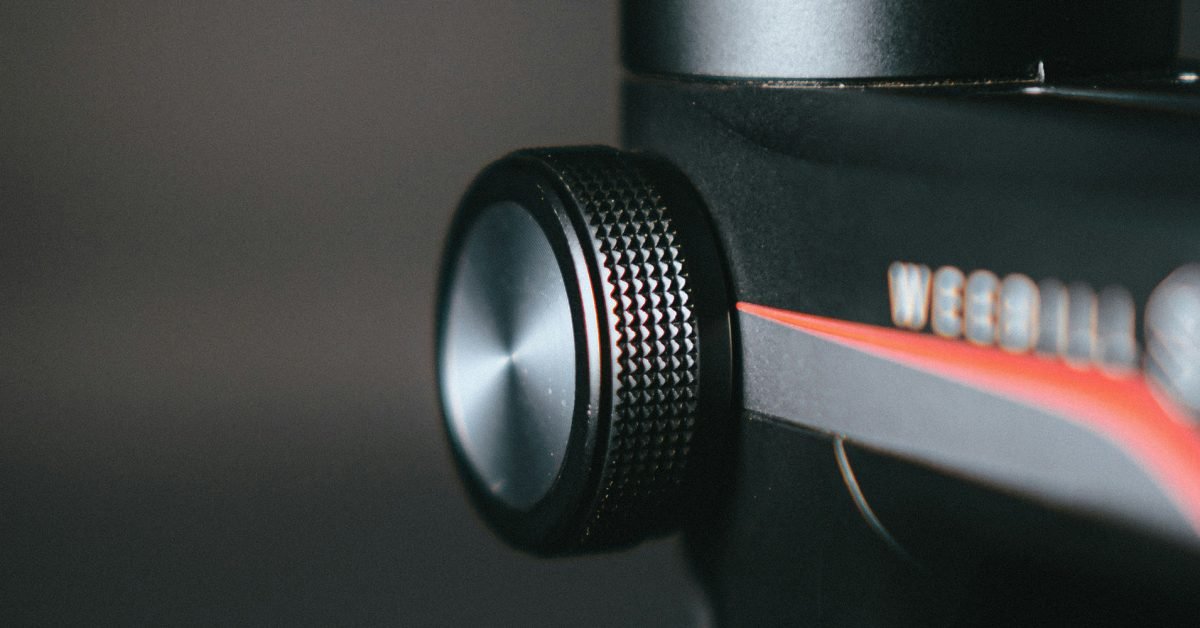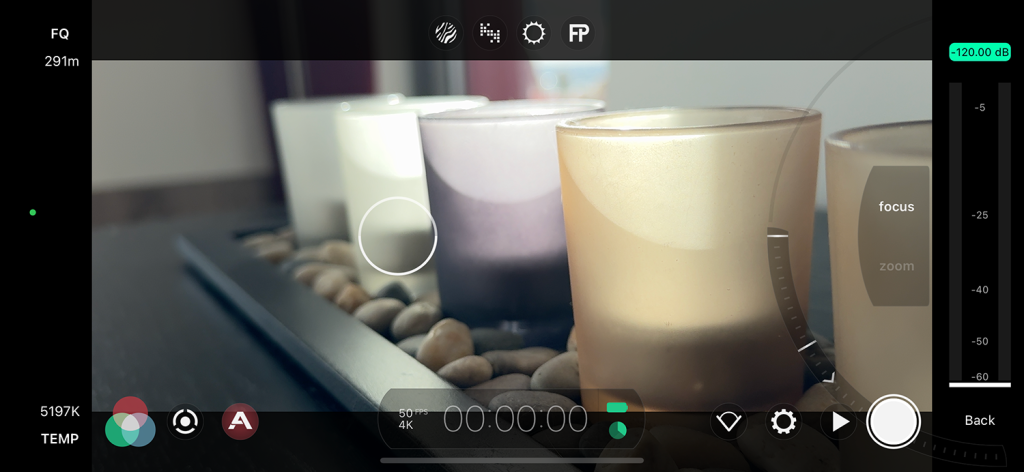
I’d love to have a hardware focus/zoom ring for the iPhone
-
by Anoop Singh
- 8

The iPhone has become an increasingly capable camera over the years for both still photos and video, but there are still a number of big differences between an iPhone and a dedicated camera.
Sensor size is the biggest of these, of course. That has greatest impact on low-light photography, and can be challenging for video in particular. But the difference between hardware and software controls is another …
There are great camera apps for the iPhone, many of which allow full manual control. But no matter how good the UI may be, it will of course never match the speed and convenience of physical dials.
There’s another area where there’s a massive usability difference between hardware and software controls, and that’s focus and zoom rings. Indeed, one of the first accessories anyone adds when building a video rig is what’s known as a follow focus ring – a way to position a focus ring in a convenient place, and to make the action as smooth and controllable as possible.
You can see this example on my BlackMagic Pocket Cinema Camera 4K, with a physical geared connection to the focus ring on the lens:

It’s also a feature found on higher-end gimbals.
Apps like Filmic Pro offer a software equivalent of this with a rotary slider intended to be controlled with your right thumb:

Apple’s built-in Camera app doesn’t offer this, but does use exactly the same approach for a zoom control:

Professional videographers often turn up their nose at the notion of zooming while filming, but there’s one use case where I’ve found it really helpful, and that’s casually videoing dance performances.
Given that performers may move from just in front of me to the far end of the room, being able to keep a reasonably tight frame by zooming in and out is very handy.
The problem is that doing this smoothly is very tricky when sliding a thumb on a sheet of glass. The inevitable variation in pressure applied when holding the phone at the same time means that the friction is also variable, so it’s not unusual to get nothing happening followed by a sudden jump – rather than the smooth movement we’d want.
You can see several examples of this in the video below, including right at the start:
I imagine that parents videoing their kids running around might find the same thing. What’s needed for smooth focus-pulling and zoom is a hardware control.
Now, I’m not expecting Apple to put the equivalent of a Digital Crown on an iPhone (even if a man can hope), but given the emphasis the company puts on the device as a camera, would an accessory be too much to hope for? An iPhone case with a physical ring one could use to control either focus or zoom (perhaps with a press-to-switch feature to move between one and the other)?
Is this something you’d like to see Apple offer? Please take our poll, and share your thoughts in the comments.
As an aside, I continue to find that a 3x zoom is the sweet-spot for me, but one recent roof terrace visit did reveal that 5x zoom has its occasional benefits – first for extreme close-ups:

And for zoom compression:

Given the choice, though, I’d still revert to 3x …
Photo by Arun Prakash on Unsplash
FTC: We use income earning auto affiliate links. More.
The iPhone has become an increasingly capable camera over the years for both still photos and video, but there are still a number of big differences between an iPhone and a dedicated camera. Sensor size is the biggest of these, of course. That has greatest impact on low-light photography, and can be challenging for video…
The iPhone has become an increasingly capable camera over the years for both still photos and video, but there are still a number of big differences between an iPhone and a dedicated camera. Sensor size is the biggest of these, of course. That has greatest impact on low-light photography, and can be challenging for video…
